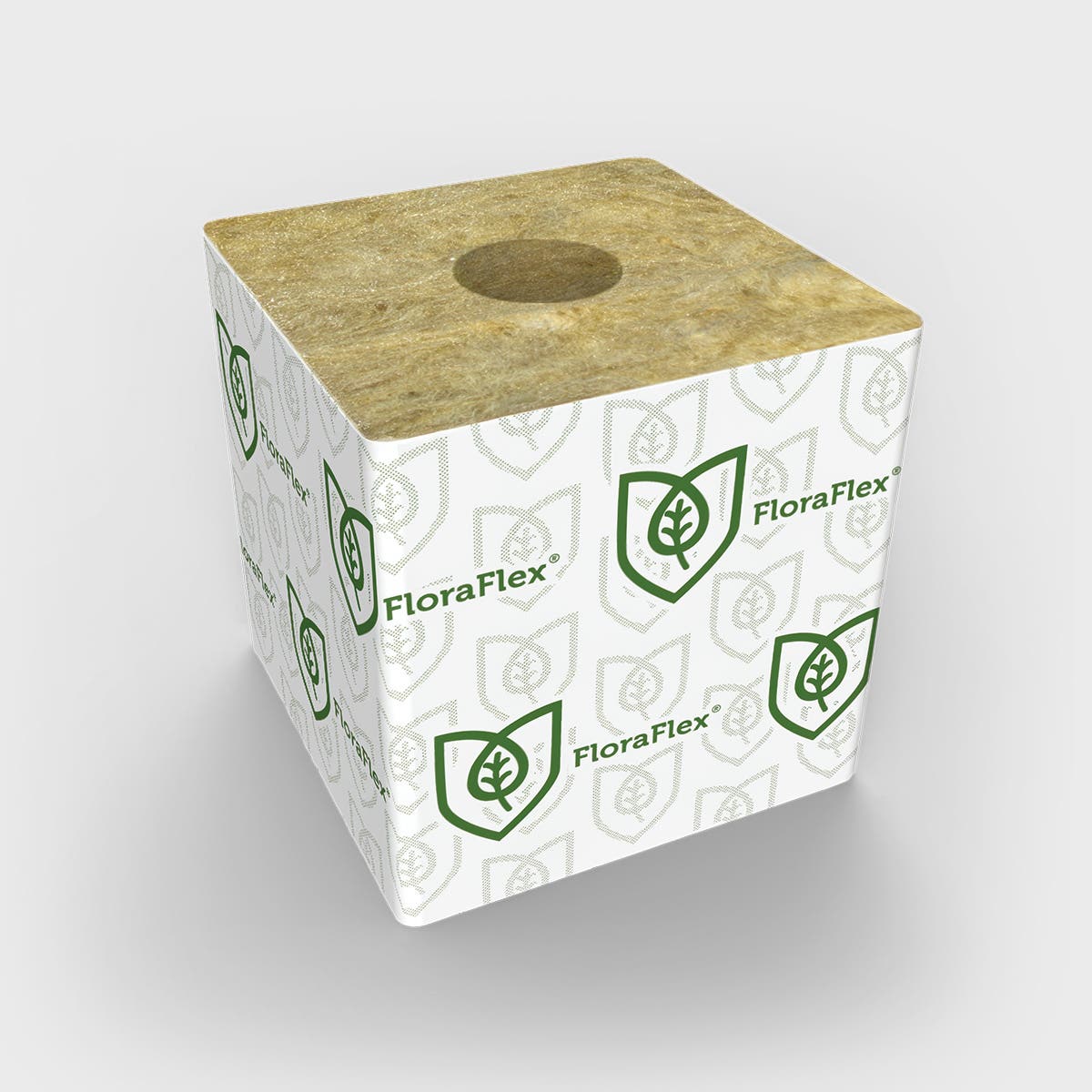Breeding new cannabis strains is an intricate process that involves the art of genetics, extensive knowledge, and a passion for innovation. It requires an understanding of plant biology, environmental factors, and careful breeding practices. This post delves into the educational insights necessary for breeding new cannabis strains successfully.
Understanding Cannabis Genetics
To breed new cannabis strains, it is crucial to understand the genetic makeup of the plant. Cannabis sativa, cannabis indica, and cannabis ruderalis are the three primary species of the plant, each contributing unique traits. When breeding, enthusiasts often aim to combine desirable traits from these species to create a superior strain.
The Role of Phenotypes and Genotypes
Phenotypes are the observable traits of a cannabis plant, such as color, smell, size, and cannabinoid content. These traits are influenced by the plant's genetic composition or genotype. Breeders focus on phenotypes to guide their breeding projects, choosing parent plants that exhibit desirable characteristics.
Breeding Techniques
Selective Breeding
Selective breeding involves choosing parent plants with specific traits and breeding them over several generations. This method allows breeders to reinforce or eliminate various characteristics, ultimately creating a new strain that highlights desired qualities such as potency, flavor, or resistance to pests.
Hybridization
Hybridization is a common technique in cannabis breeding, involving crossing two different strains to produce a hybrid. This method aims to combine the best traits of both parent strains. The process can result in either F1 hybrids (first-generation) or stabilized varieties through further breeding.
Backcrossing
Backcrossing involves breeding a hybrid strain back with one of its parent strains to stabilize specific traits. This technique enhances the presence of desired characteristics while maintaining genetic diversity.
Environmental Factors in Breeding
Breeding new cannabis strains isn't solely about genetics; environmental factors also play a vital role. These factors, which include light, temperature, humidity, and nutrients, can influence the outcome of the breeding process.
The Importance of Controlled Environments
Creating a controlled environment during the breeding process ensures consistency. Using quality mediums like the 6" FloraFlex Wool, derived from basalt rockwool, helps provide the necessary foundation for healthy growth through its excellent water retention and aeration properties. Learn more about 6" FloraFlex Wool.
Applying Modern Technology
In recent years, advancements in technology have revolutionized cannabis breeding. Techniques such as genetic testing allow breeders to identify plants with the best genetic potential early in the breeding process.
Genetic Mapping
Genetic mapping involves analyzing the DNA of cannabis plants to identify genetic markers associated with specific traits. This allows breeders to predict outcomes more accurately, reducing time and resources needed to develop new strains.
Challenges in Breeding New Strains
While breeding new cannabis strains is fascinating, it poses several challenges. Breeding for pest resistance, disease resistance, and climate adaptability are ongoing challenges that require constant research and innovation. Moreover, achieving stability in new strains to ensure consistency in production is a demanding process.
Creating a Sustainable Breeding Practice
Sustainability is becoming an integral part of every agricultural practice, including cannabis breeding. Selecting strains that are resistant to pests and diseases helps reduce pesticide use, promoting a sustainable cultivation process.
Incorporating environmentally friendly products like the 6" FloraFlex Wool also aligns with sustainable practices. This wool provides a biodegradable medium, contributing to a reduced carbon footprint.
Conclusion
Breeding new cannabis strains is an ever-evolving field, with continual advancements and discoveries. By understanding genetics, utilizing modern technology, and maintaining a focus on sustainability, breeders can create innovative strains that offer unique benefits to consumers.
For more insights into cannabis cultivation and sustainable products, visit FloraFlex.
This post aims to provide a foundational understanding of cannabis breeding, highlighting the processes and challenges involved. With the right knowledge and tools, the possibilities in cannabis breeding are endless.









